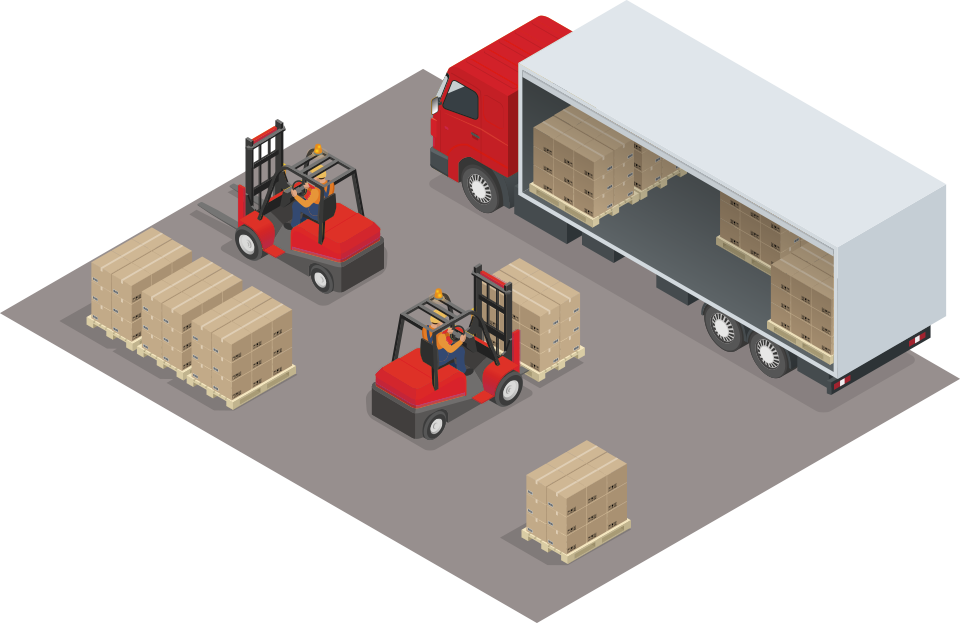Executive Forum
Continuous Improvement and Providing for Competitive Growth
In this month's Executive Forum, Saia LTL Freight Vice President of Linehaul Rob Bulick talks about how Saia's continuous improvement in technology and processes will help us compete and grow in the future.
For those that have been in the LTL industry for any length of time, the number of changes and technological advances that have occurred seem almost imperceptible. Each year brings a new advancement, accompanied by expectations of becoming better than the previous year. Driving efficiency, and productivity, while at the same time reducing costs and improving service standards, is reflected in more ambitious goals — and increased competition.

Continuous improvement within our own facilities, and with our processes, is something we have come to expect and embrace as we have faced the challenges of the last 90+ years. Improvements in freight handling equipment now allow us to weigh, measure, and dimension over 90 percent of shipments that cross our docks. Mobile technology has infiltrated our P&D, or city, operations, allowing for quicker, more accurate information and billing. This same technology allows us to address claims and shipment issues faster and with greater accuracy. Advancements in dispatch software and computers have allowed us to become more efficient in utilizing our resources and people. Technology in our linehaul fleet aids in improving our fuel efficiency and has provided much of the data needed to help us transition into next-generation automatic transmission tractors. Twenty years ago, automatic transmission power units were riddled with issues and gained a poor reputation; they now serve as an LTL standard and are among the most reliable tractors on the road.
Each technological advancement has been met with some resistance, but each one has also forced us all to address our jobs, and job functions, in a different manner. For example, a dockworker now has a forklift equipped with a tablet to scan bills, convey any special directions or changes, as well as a scale to instantly weigh a shipment. They use dimensioners to verify shipment size and cube. They also utilize logistics post trailers, lightweight logistics posts, specialized air bags, and load straps to secure our customers' freight and insure it from damage. Even a small technology change, such as a seat belt on forklifts, has reduced the number of dock injuries, and reduced costs attributed to preventable accidents.

This is all a far cry from where the industry was even 10 to 15 years ago, and has provided shippers with an improved product and shipping experience. The proliferation of available data is now moving us towards predictive analytics that can help us address maintenance issues before they arise, and next-generation optimization and routing software allows us to manage more shipments in greater detail and with little delay. Accident and injury improvements benefit from technology changes within our trucks that help us to identify and address behaviors we know end in costly and catastrophic results for our employees, the public, and our company.
Our industry, like many others, is undergoing a transformation brought on by technological improvement and data awareness. We may eventually see the autonomous vehicles that appear so often in industry news articles, but many of the pieces to these systems are already present in Saia vehicles. Embracing technology and integrating its new requirements and demands are proven pathways to continued growth and competitive advancement. History is littered with those that failed to capitalize on these opportunities. How many of us have rented a video from Blockbuster lately, bought a piece of clothing at The Limited, or used Airborne Express to ship our Christmas presents?
Saia is uniquely positioned because of our geographic growth, size, and history of successfully integrating systems and people towards a common goal. While the transition may sometimes feel foreign to us, the evolution will allow Saia to continuing growing, competing, and prospering for another 90 years.




